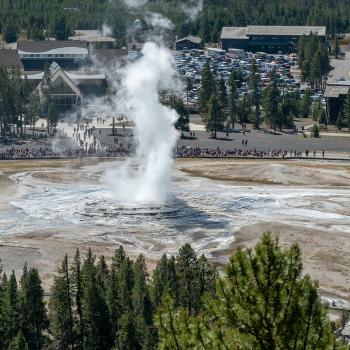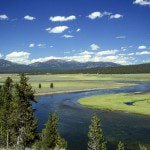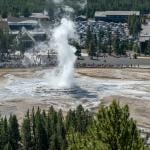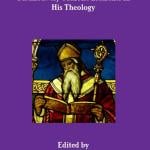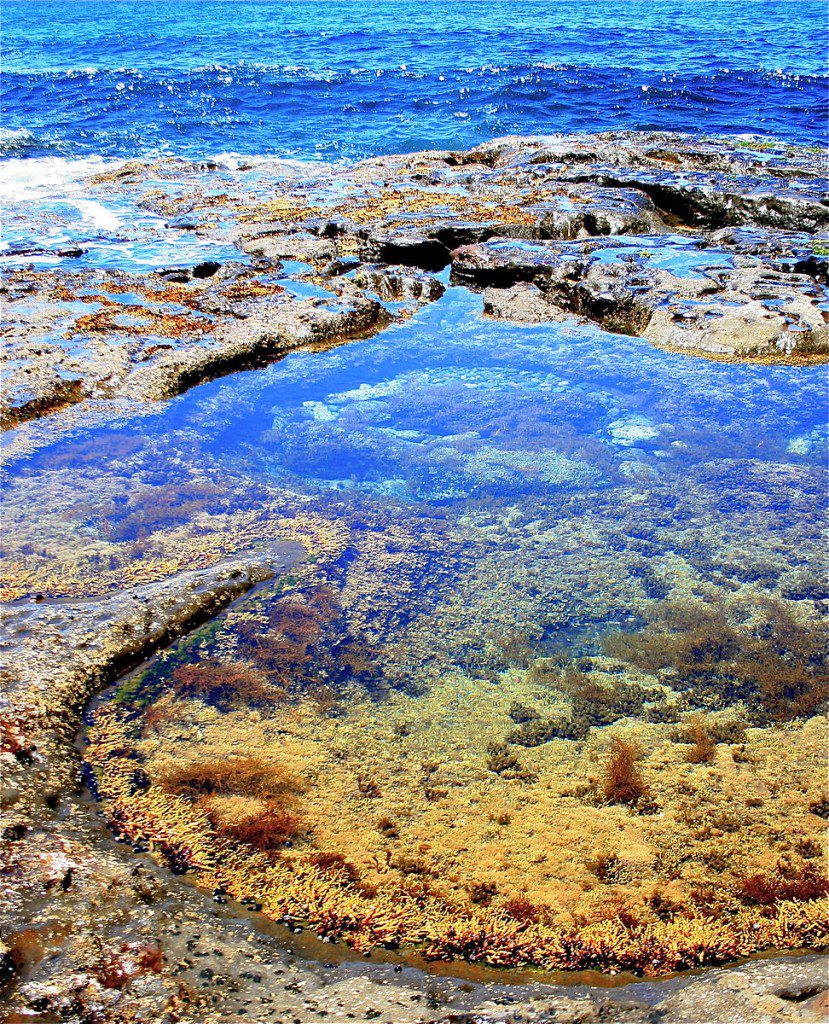
British-born Elder James E. Talmage served as a member of the Quorum of the Twelve Apostles of the Church of Jesus Christ of Latter-day Saints from 1911 until his death in 1933. He was also trained in chemistry and geology at Lehigh University and Johns Hopkins University and was awarded a doctorate by Illinois Wesleyan University in 1896. Dr. Talmage was an Associate of the Philosophical Society of Great Britain (the Victoria Institute), as well as a Fellow of the Geological Society of America, the Royal Microscopical Society (London), the Royal Scottish Geographical Society (Edinburgh), the Geological Society (London), the Royal Society of Edinburgh, and the American Association for the Advancement of Science.
On 9 August 1931, he delivered an address in the Salt Lake Tabernacle under the title “The Earth and Man.” It has been published numerous times, and was officially published by the Church itself not long after its original delivery. What follows is an excerpt from that speech:
According to the conception of geologists the earth passed through ages of preparation, to us unmeasured and immeasurable, during which countless generations of plants and animals existed in great variety and profusion and gave in part the very substance of their bodies to help form certain strata which are still existent as such. . . .
Geologists say that these very simple forms of plant and animal bodies were succeeded by others more complicated; and in the indestructible record of the rocks they read the story of advancing life from the simple to the more complex, from the single-celled protozoan to the highest animals, from the marine algae to the advanced types of flowering plant — to the apple-tree, the rose, and the oak.
What a fascinating story is inscribed upon the stony pages of the earth’s crust! . . .
This record of Adam and his posterity is the only scriptural account we have of the appearance of man upon this earth. But we have also a vast and ever-increasing volume of knowledge concerning man, his early habits and customs, his industries and works of art, his tools and implements, about which such scriptures as we have thus far received are entirely silent. Let us not try to wrest the scriptures in an attempt to explain away what we cannot explain.
The opening chapters of Genesis, and scriptures related thereto, were never intended as a textbook of geology, archaeology, earth-science or man-science. Holy Scripture will endure, while the conceptions of men change with new discoveries. We do not show reverence for the scriptures when we misapply them through faulty interpretation.



